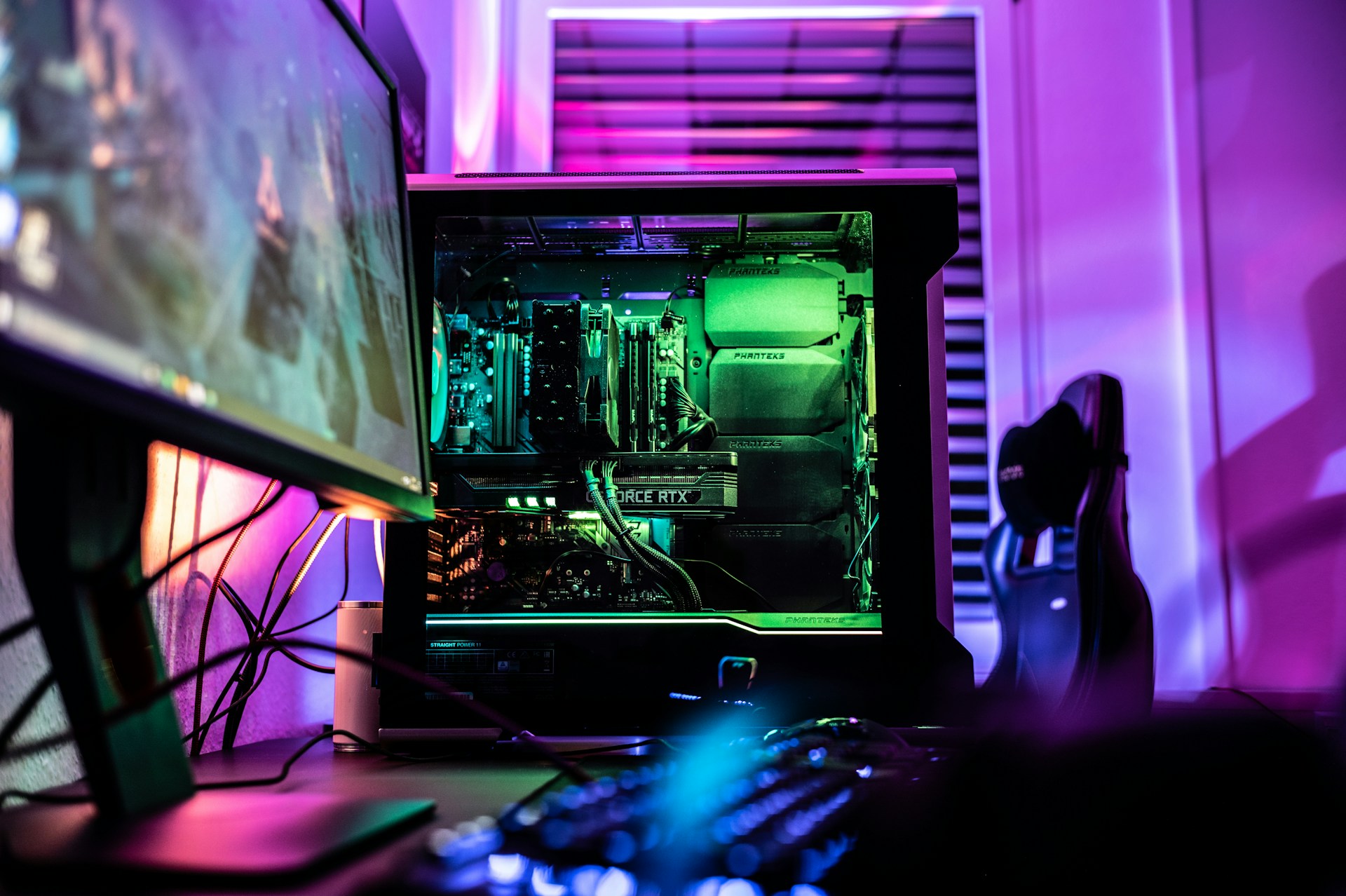Installing apps on Windows 10 is as simple as clicking a button — but uninstalling isn’t so straightforward. Windows 10 doesn’t really make it clear how to get apps off your system once they’re installed. If you’re short on space — or just don’t need an app — that can be a problem. Learn how to uninstall apps on Windows 10 now.
In this article, we’ll cover three methods for uninstalling apps that are built in to Windows 10. We’ll also discuss some other approaches to keeping your system running smoothly when you uninstall apps.
How to Uninstall Apps on Windows 10 via the Start Menu
For many simple apps, like those installed from the Microsoft Store, you can simply uninstall them from the Start menu. To do so, follow these steps:
- Open the Start menu.
- Find the app you want to uninstall.
- Right click it. On the menu that appears, click Uninstall.
- In the box that appears, click Uninstall one more time.
Windows 10 should then begin to uninstall the app.
For some apps, this method may not work. If so, you should use one of the two options listed below.
Uninstalling Apps Using the Settings Menu
Some larger apps may require a more involved uninstallation process. For these apps, you’ll need to either use the Settings Menu or Control Panel. To uninstall apps using Windows 10 Settings, follow these steps:
- Open the Start menu. Then, open the settings menu by clicking the gear icon in the lower left.
- With the Settings menu open, click on Apps. This will open a full list of the apps on your system.
- Scroll until you find the app you want to uninstall. You can also search for a specific app using the search bar at the top of the list.
- Once you find the app you’re looking for, click it, and then click the Uninstall button that appears.
- In the box that appears, click Uninstall again.
Windows 10 will then begin uninstalling the selected app.
Some apps may have the Uninstall button grayed out. These are system apps that you can’t easily remove using standard methods.
It is possible to remove these apps using PowerShell, the command-line shell for Windows 10. However, you will need to be at least a little familiar with PowerShell — and for most apps, this method won’t be necessary.
Depending on the system app, removal could also create new issues or system instability.
Removing Apps With the Control Panel
If you’re a long-time Windows user, you may be familiar with using the Windows Control Panel to uninstall programs. You can still use the Control Panel on Windows 10 — just type control panel into the Start menu search bar, open the app, then follow these steps:
- With the Control Panel open, click Uninstall a program under Programs.
- Find the program you want to uninstall and click on it.
- With the program highlighted, click the Uninstall/Change button at the top of the list.
- You can also right-click the program and select Uninstall or Uninstall/Change.
- A pop-up asking if you want to give permission to the Uninstall or change programs app may appear. Click Yes to give it permission.
Windows 10 will then start to uninstall the selected program.
However, while you can use the Control Panel, it’s probably quicker to use the Settings menu method for uninstalling apps.
Also, some Universal Windows Platform (UWP) apps, which are apps from the Microsoft Store, may not be visible on the Control Panel’s list of programs. You’ll need to use the Windows 10 Settings menu to get rid of these apps.
Other Approaches for Uninstalling Apps on Windows 10
There are also third-party uninstallers, like Revo Uninstaller, that can remove your apps. In most cases, you won’t need to use a third-party uninstaller — the default methods that come with Windows 10 will work just fine.
It is true that some apps can sometimes leave behind files or registry changes. Over a long enough period of time, or with enough installs and uninstalls, these files could theoretically slow down your computer and even start to cause errors.
Third-party installers keep track of every file and registry change that a program makes, then undoes these changes when you go to uninstall an app. Typically, this helps to clear away any overlooked files or changes
However, these uninstallers, because they’re going above and beyond normal processes to remove files and make corrections, can also cause problems.
Third-party uninstallers are an option, but you should be sure that you need one before committing.
Recent Stories
Follow Us On
Get the latest tech stories and news in seconds!
Sign up for our newsletter below to receive updates about technology trends














